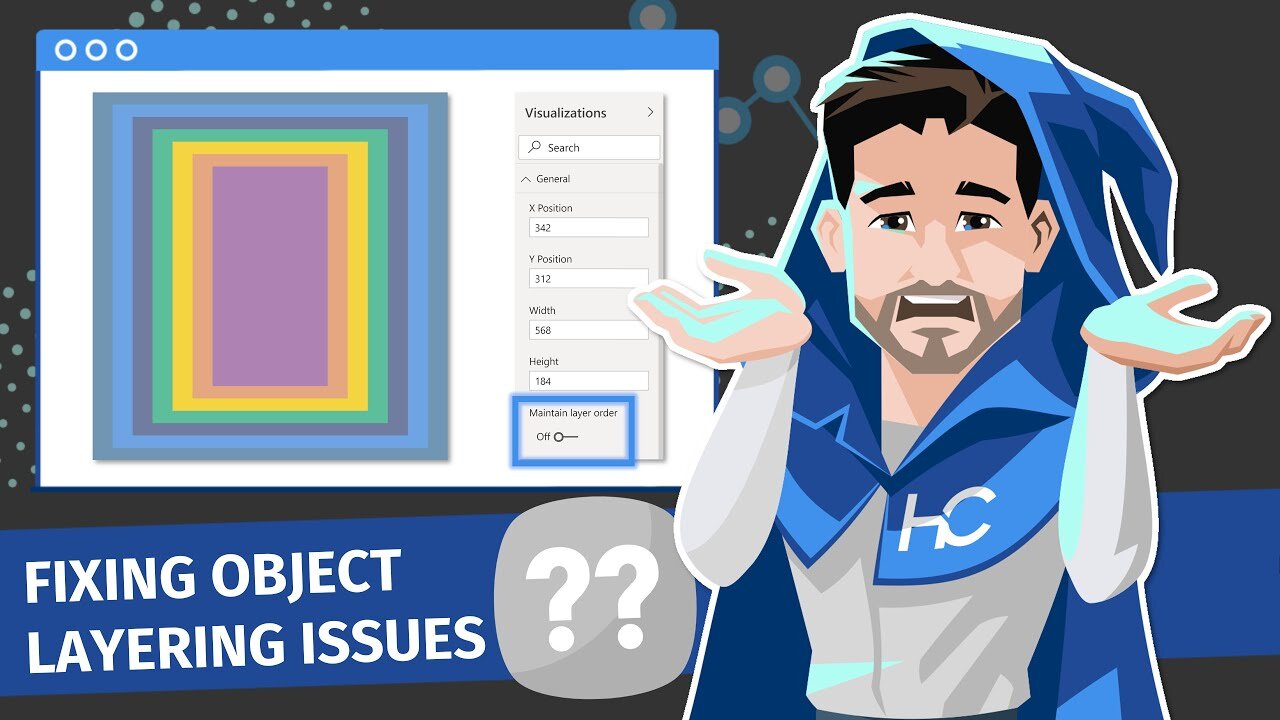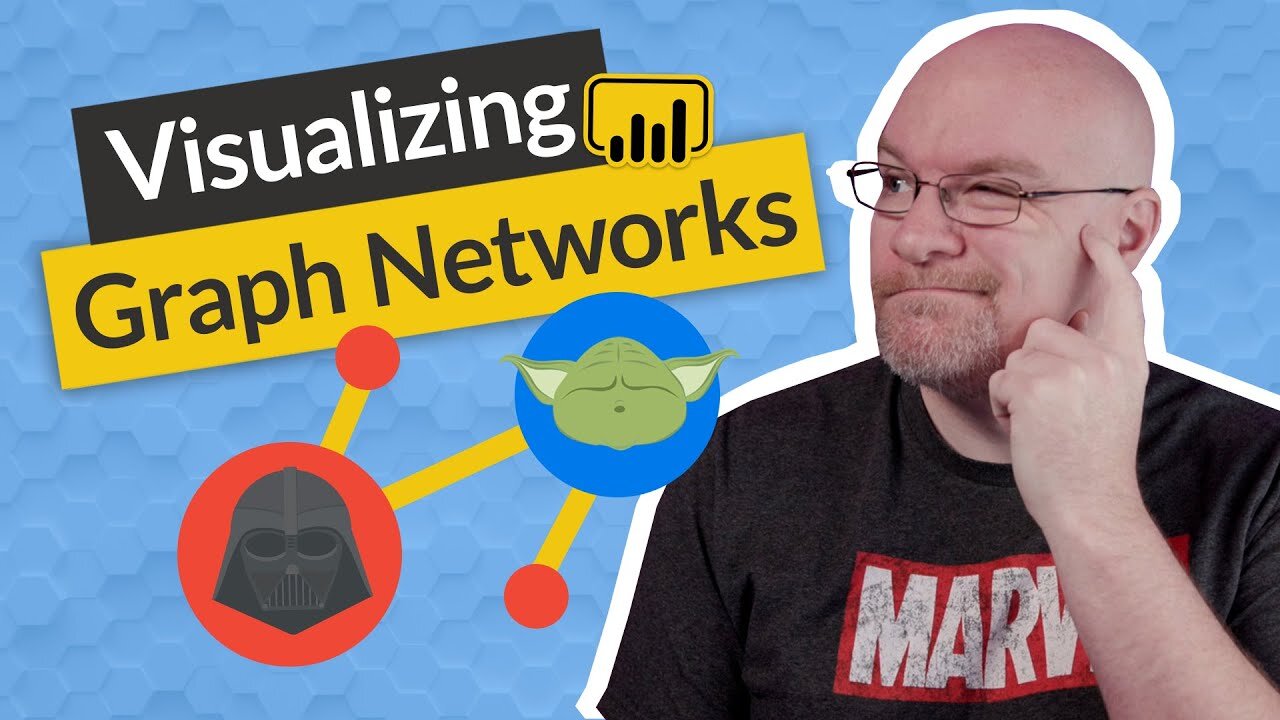Users can connect Power BI to Azure Databricks via a native connector. This means that you can now query massive datasets without having to import everything into Power BI directly. Also, SSO will pass through the Power BI Service to Databricks and respect whatever data lake-level security you already have in place.
Gregory Petrossian at CSG has an interesting juxtaposition of Power BI and Tableau. (Hint: Power BI wins! Still worth reading though, if you're considering which platform is right for you.)
You have, for some time, had the ability to certify and promote datasets within your organization. This reduces data siloing, memory footprint, divergent algorithms, and duplicative effort spent creating and maintaining ETL and datasets. You can now, also, certify and promote reports and apps, meaning that you can have one source of truth end-to-end for your BI solutions.
Reid Havens shows you how to use Maintain Layer Order to keep visuals from popping in front of one another when you click on them. If you spend any time designing reports in Power BI, you know exactly how frustrating this can be. Be sure to give it a watch!
I’ve built offline Power Apps before, but this builds the capability right into CDS. This will likely make the process much simpler and more robust.
Marco Russo recently discussed with the London Power BI User Group all about the state of external tools for Power BI. If you are doing any amount of advance Power BI work, or just want to take the Power BI work you’re already doing to the next level, this is a must-watch!
Patrick LeBlanc has an idea for a neat visual trick that allows users to conditionally highlight a bar in a Power BI report. It uses a disconnected table and synced slicers.
Going back to basics for a moment, if you ever wondered what a data model is, or why it’s needed, here is a great introductory article by Matt Allington.
I love these network graphs! They are really useful from time to time. Adam Saxton shows you how to create them in Power BI.
I’ve said it before, I’ll say it again: when designing your data model, be sure to rationalize your data against your business requirements. Do you need the table? Do you need the columns? Do you need the rows? If you aren’t reporting on certain characteristics or aren’t reporting on the entire history of your dataset, don’t bring in the data that is unnecessary. Reid Havens explains.












